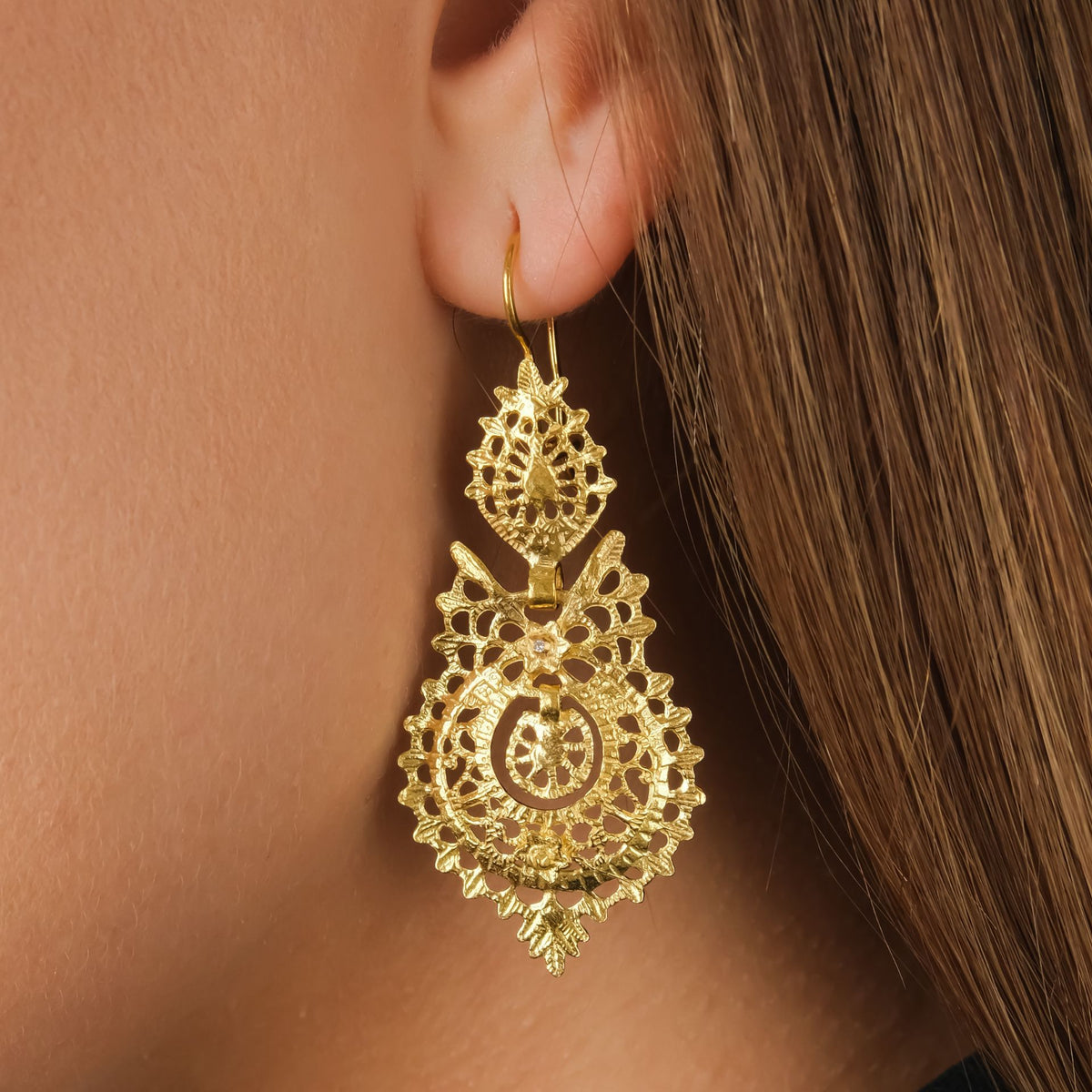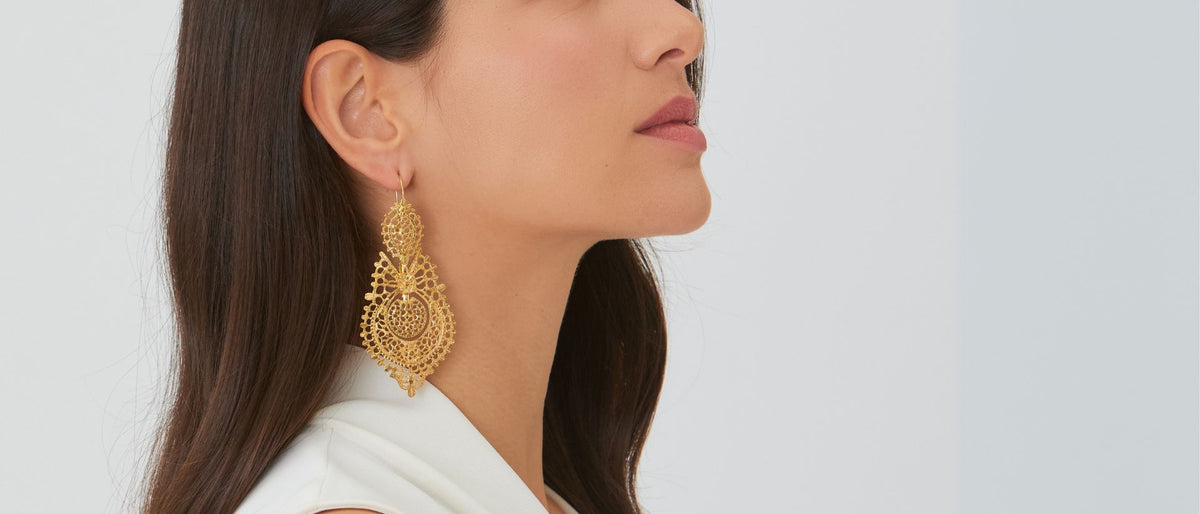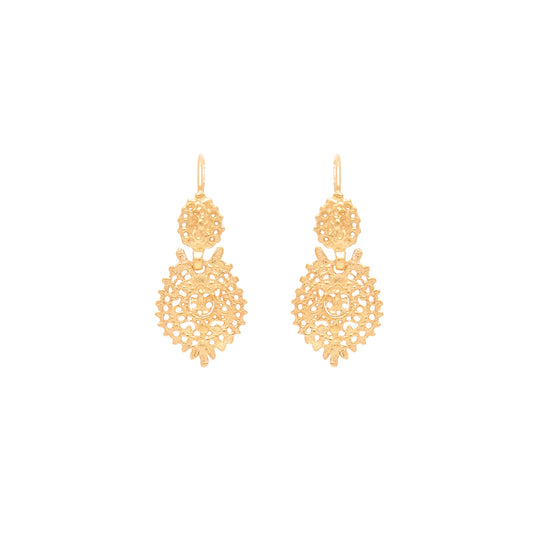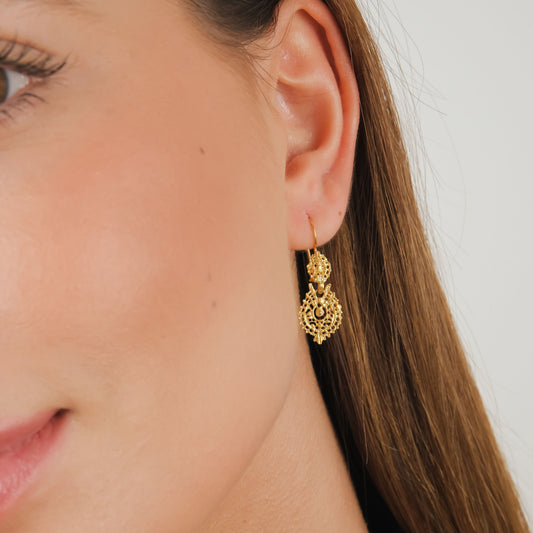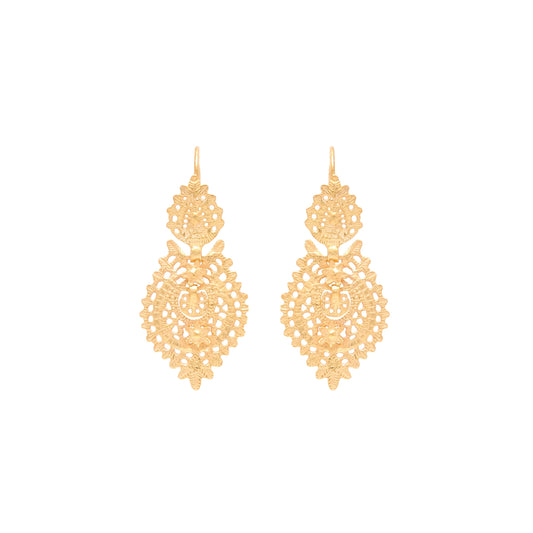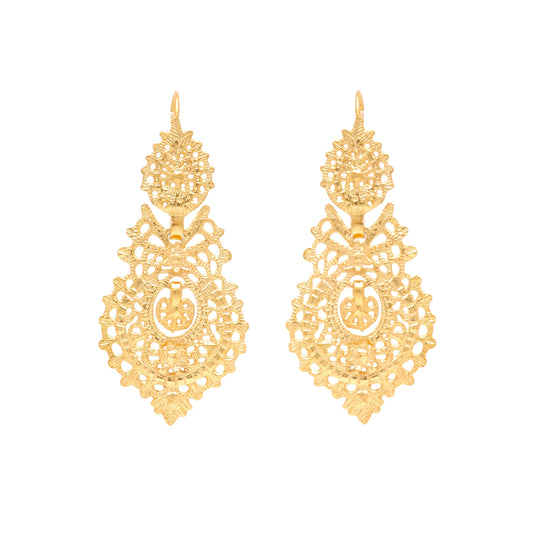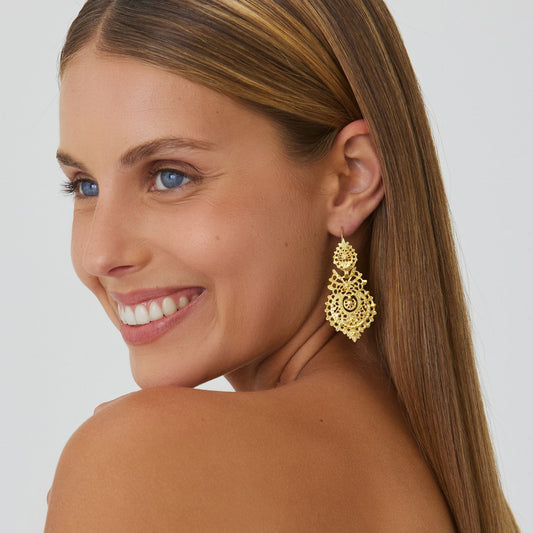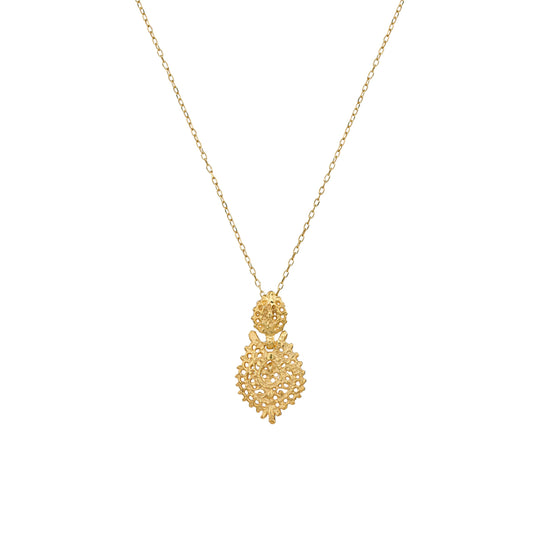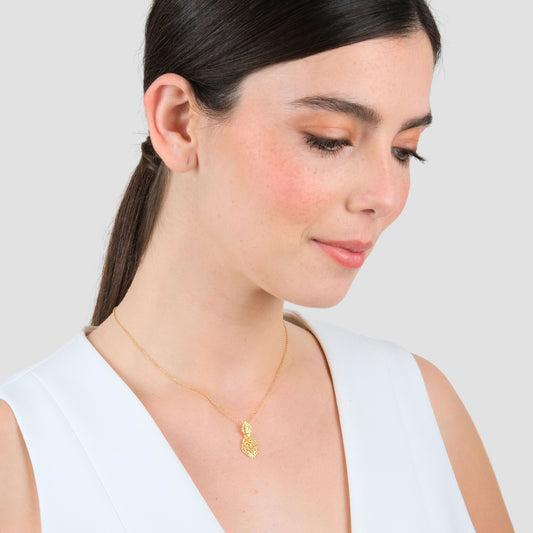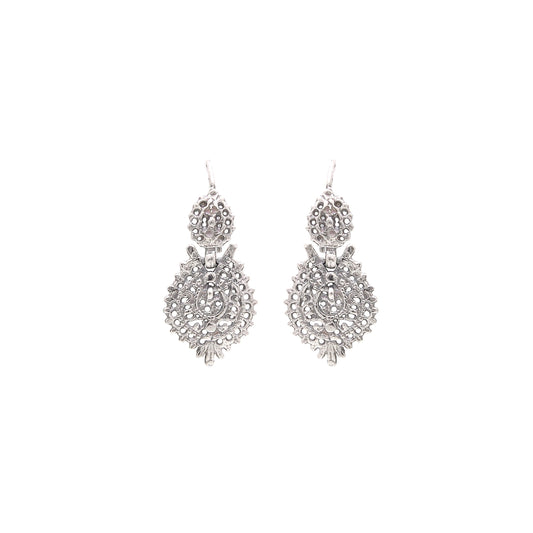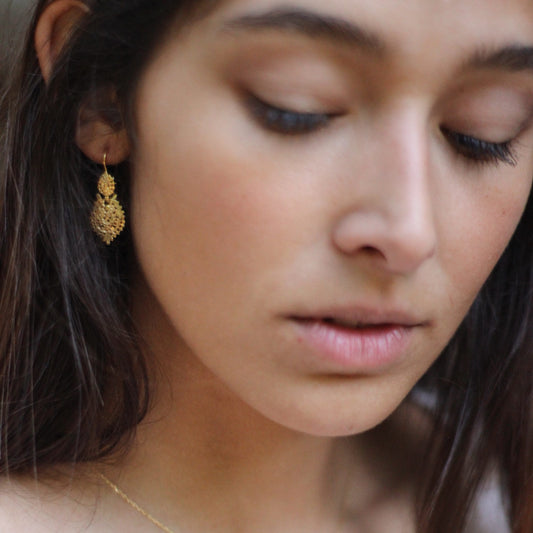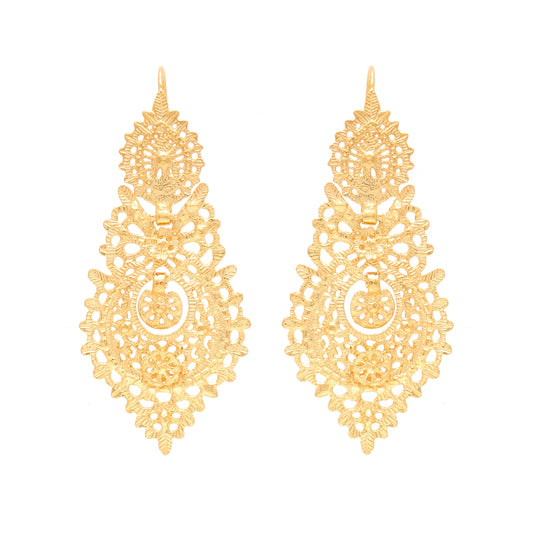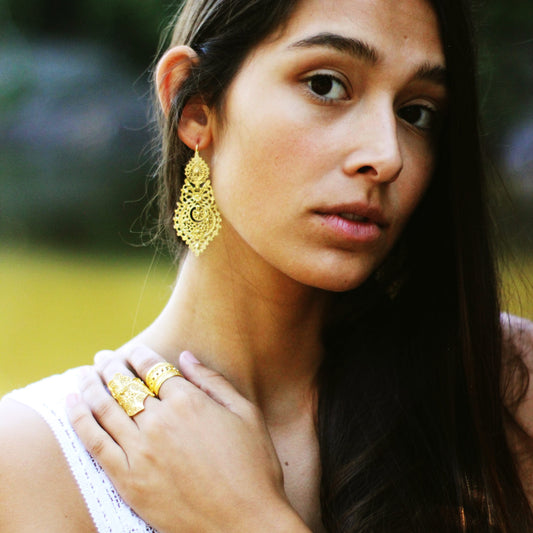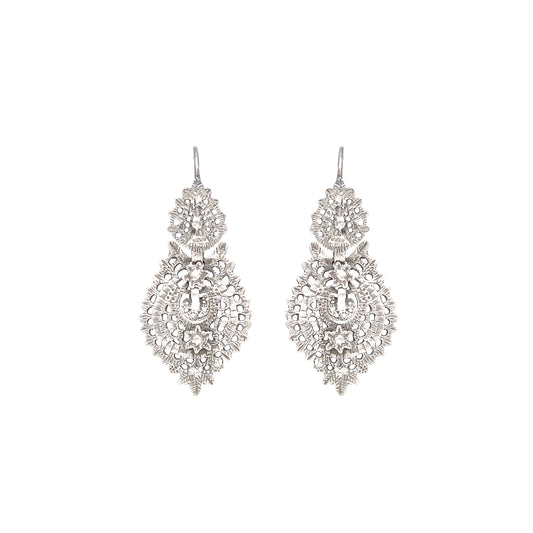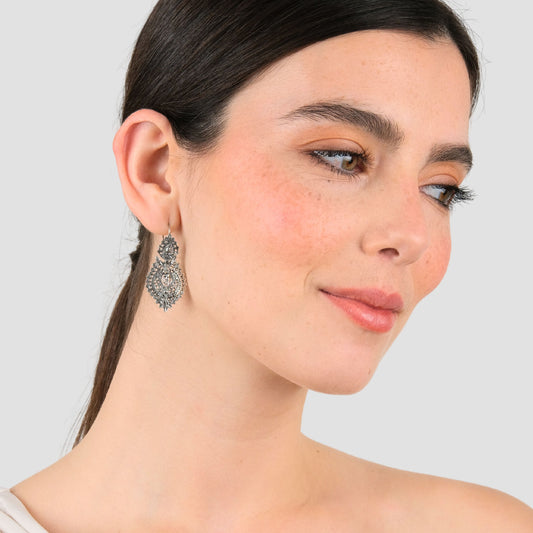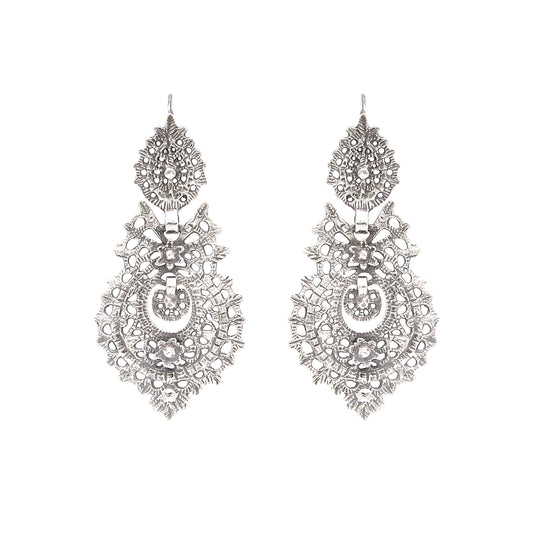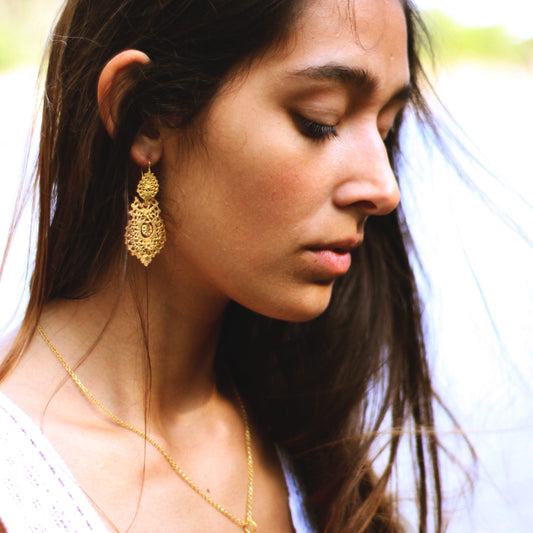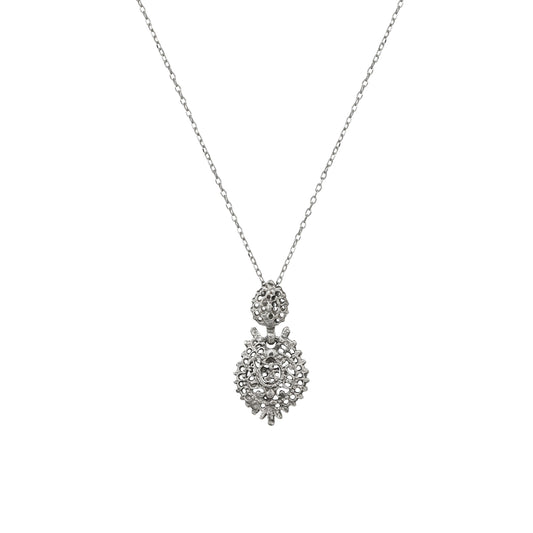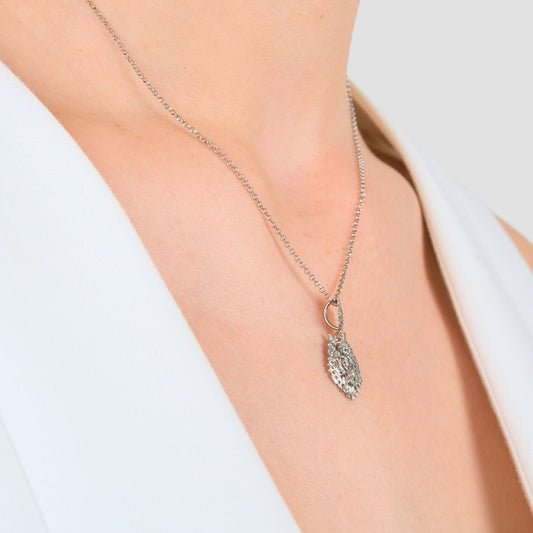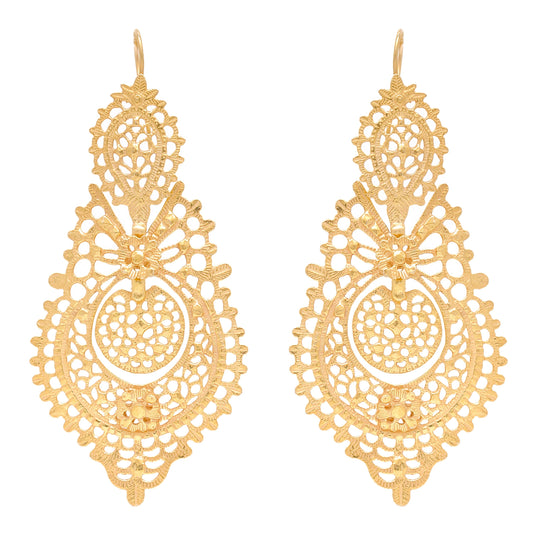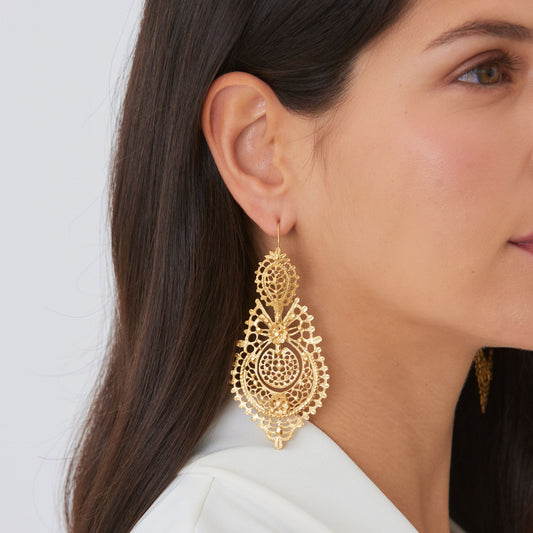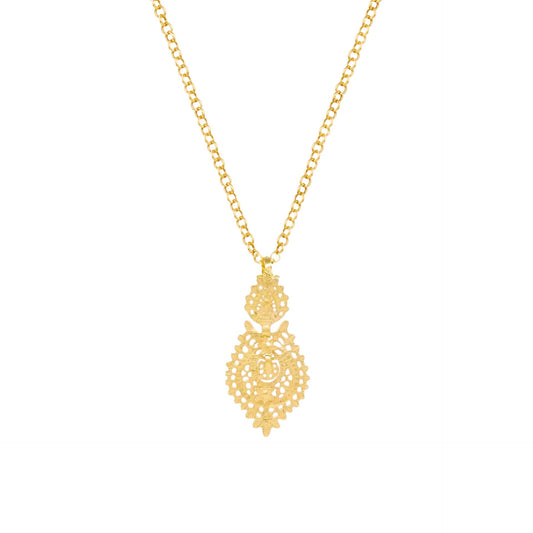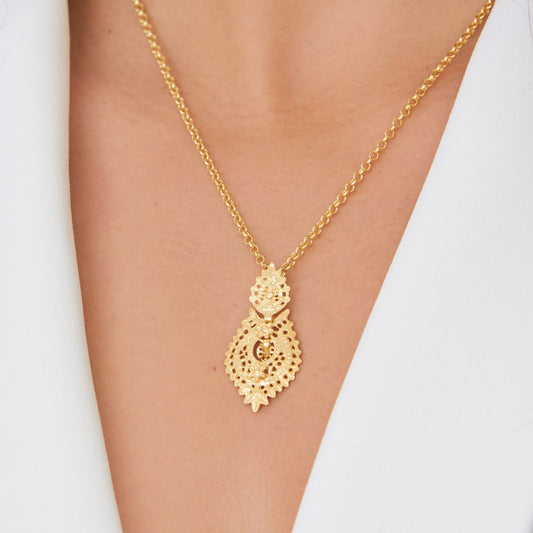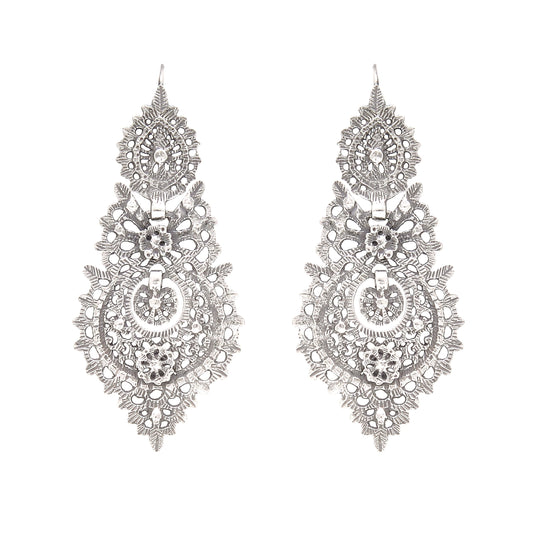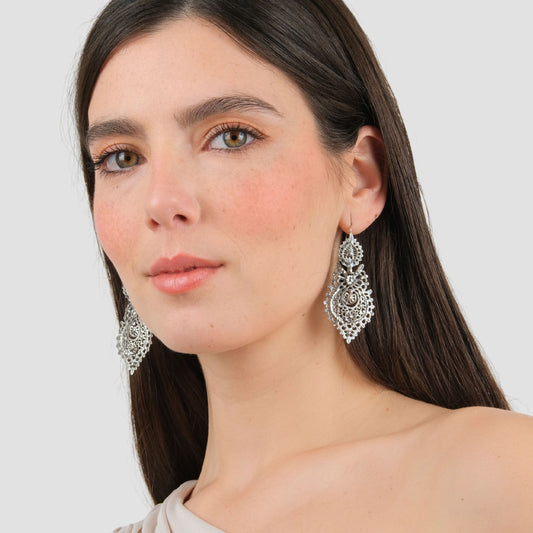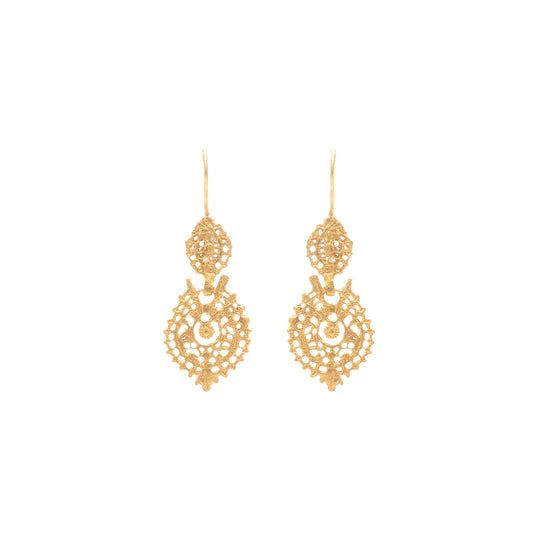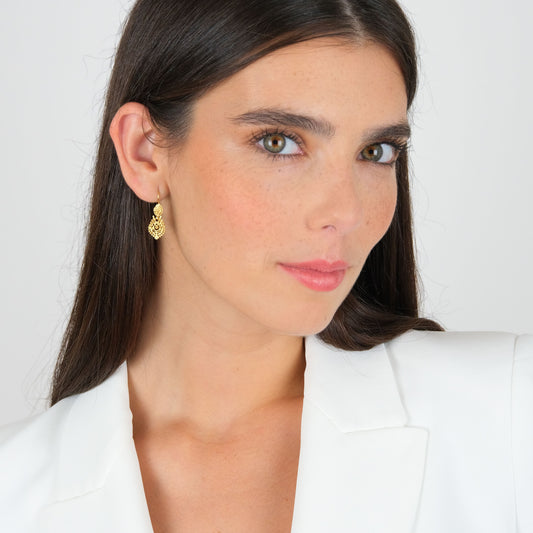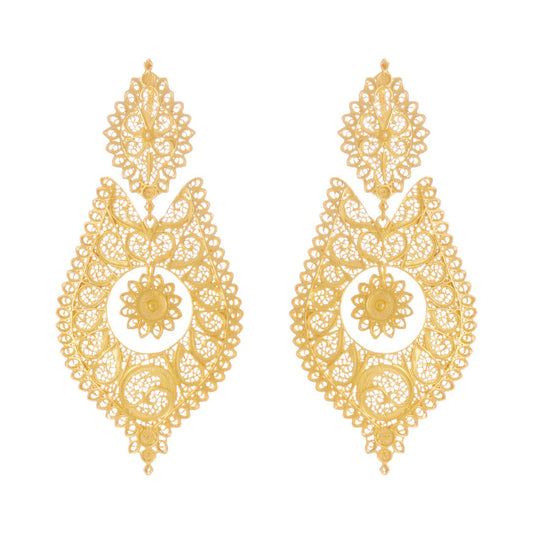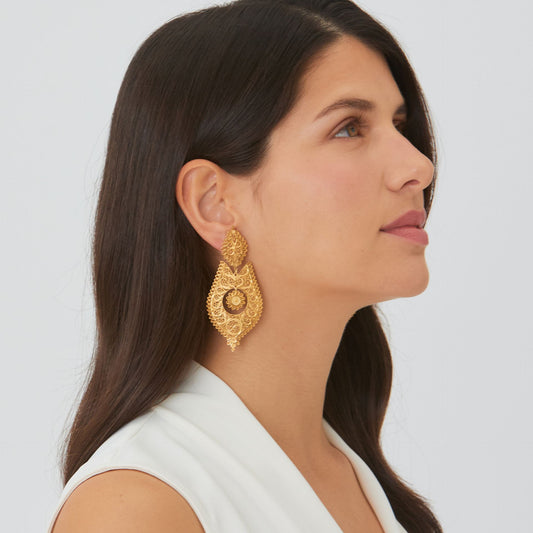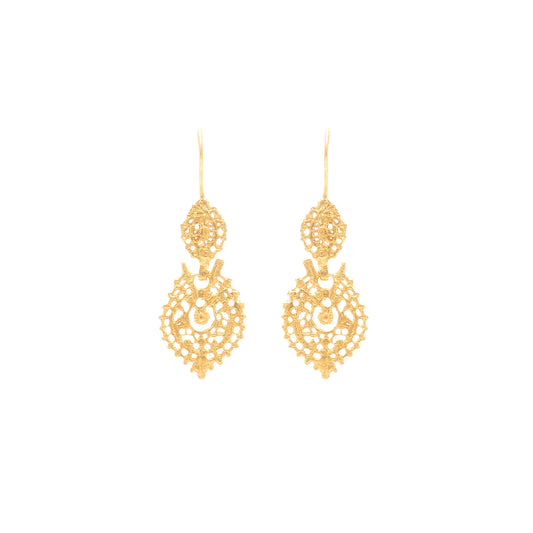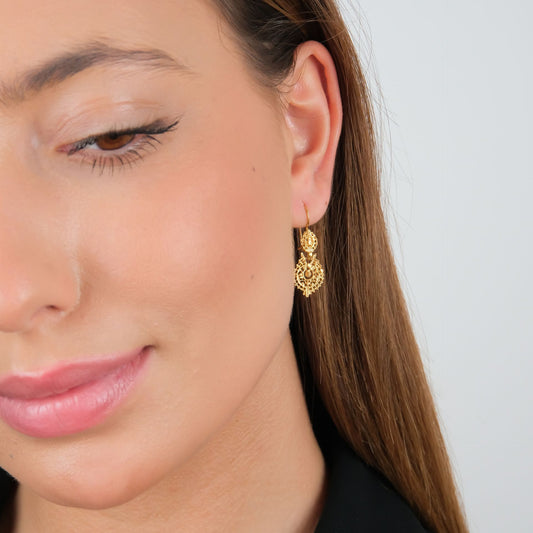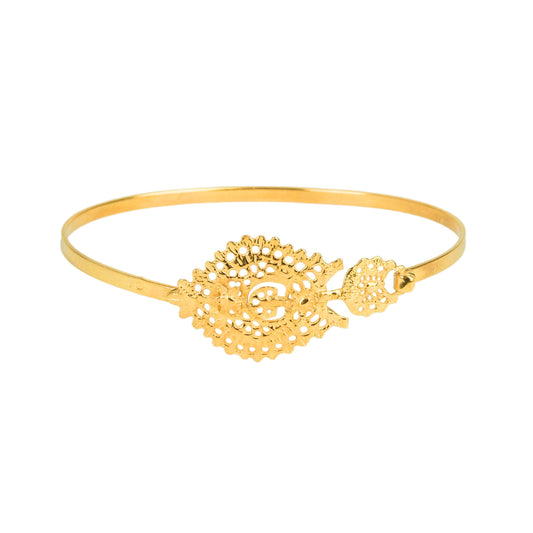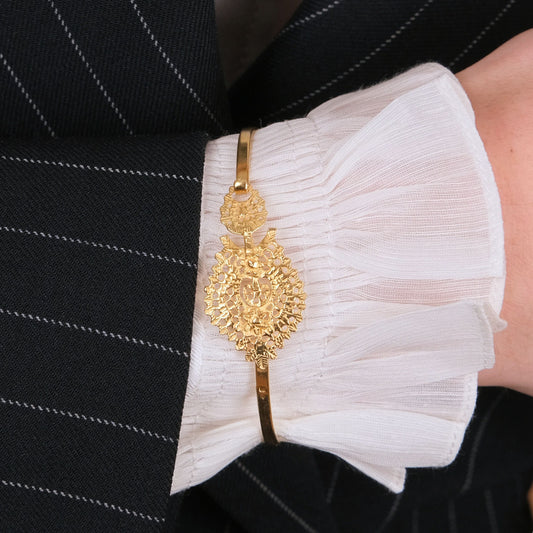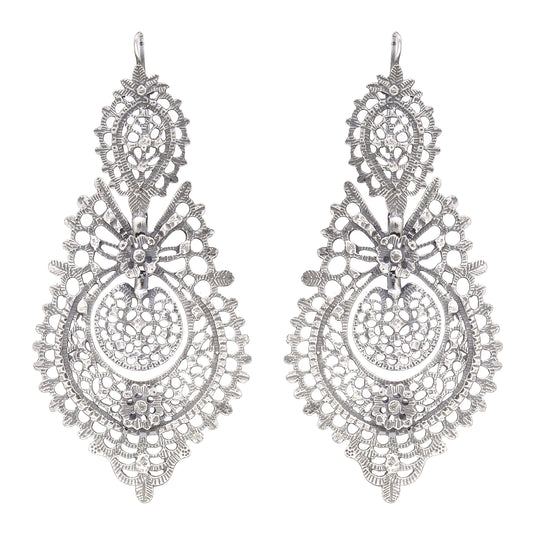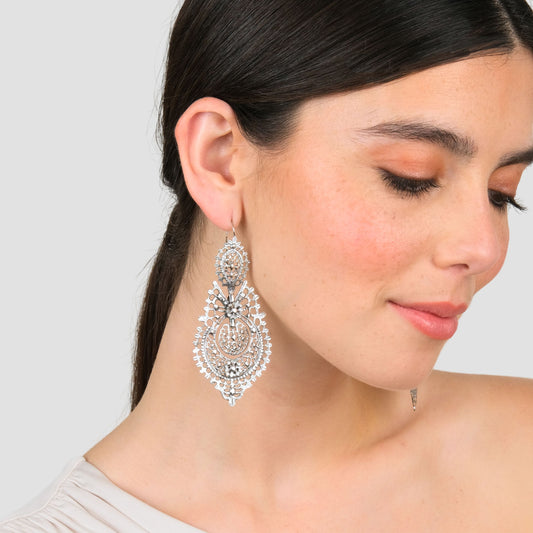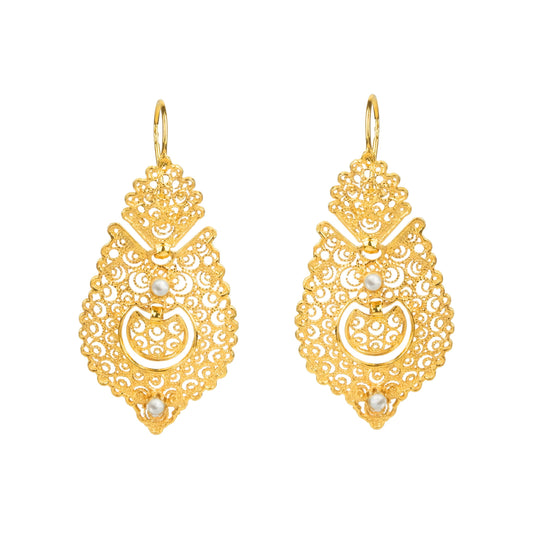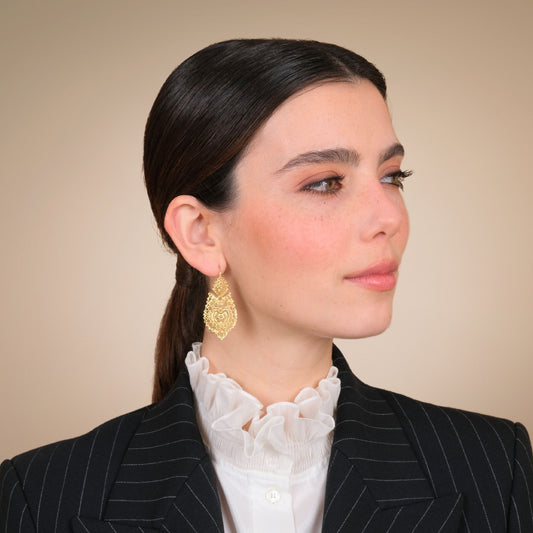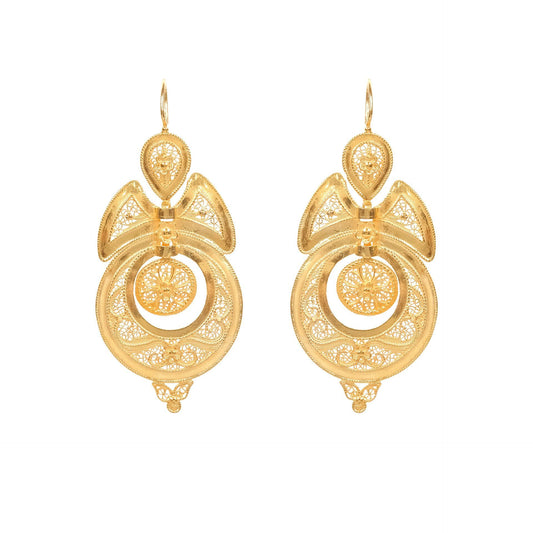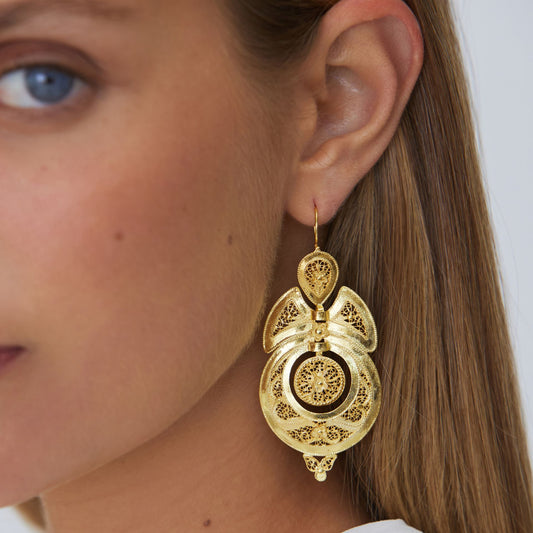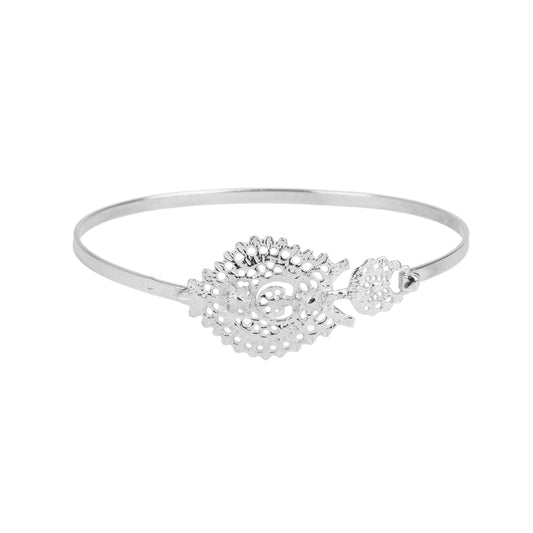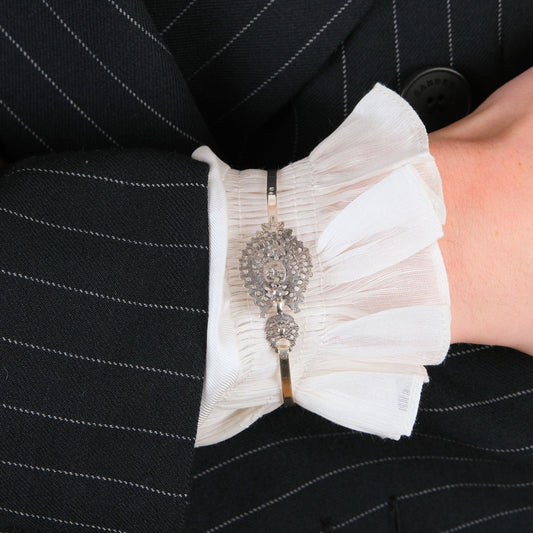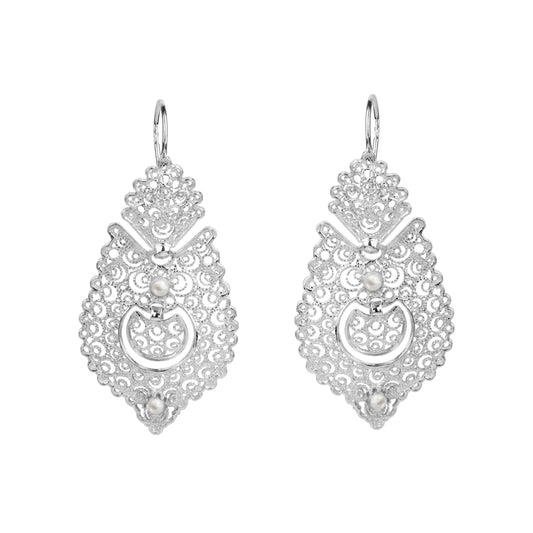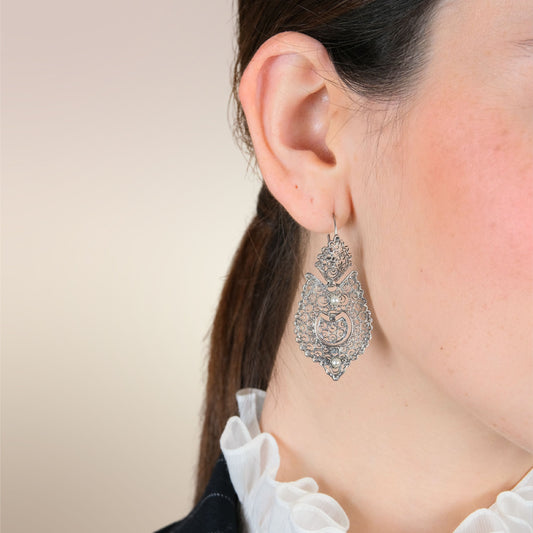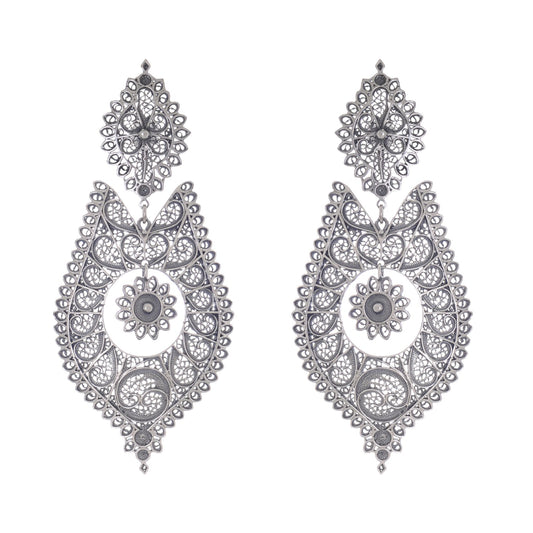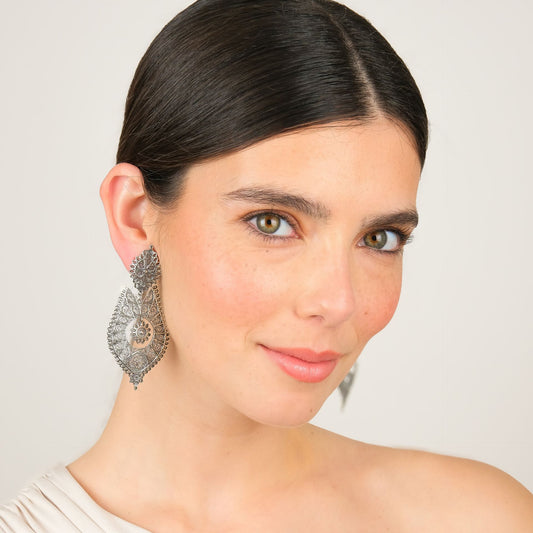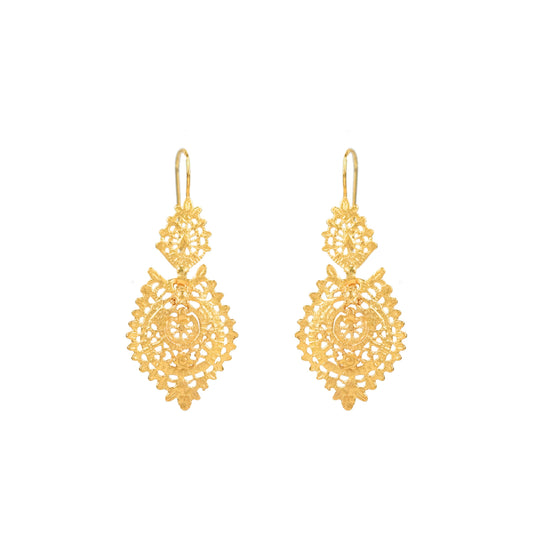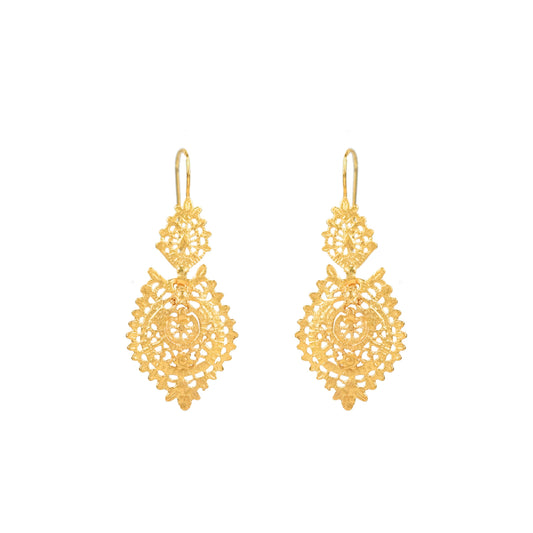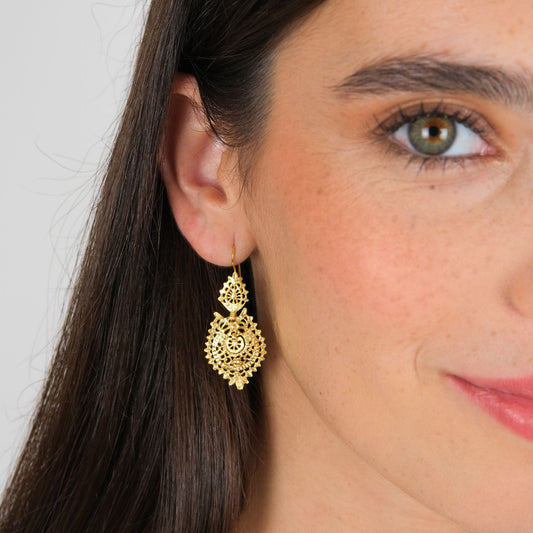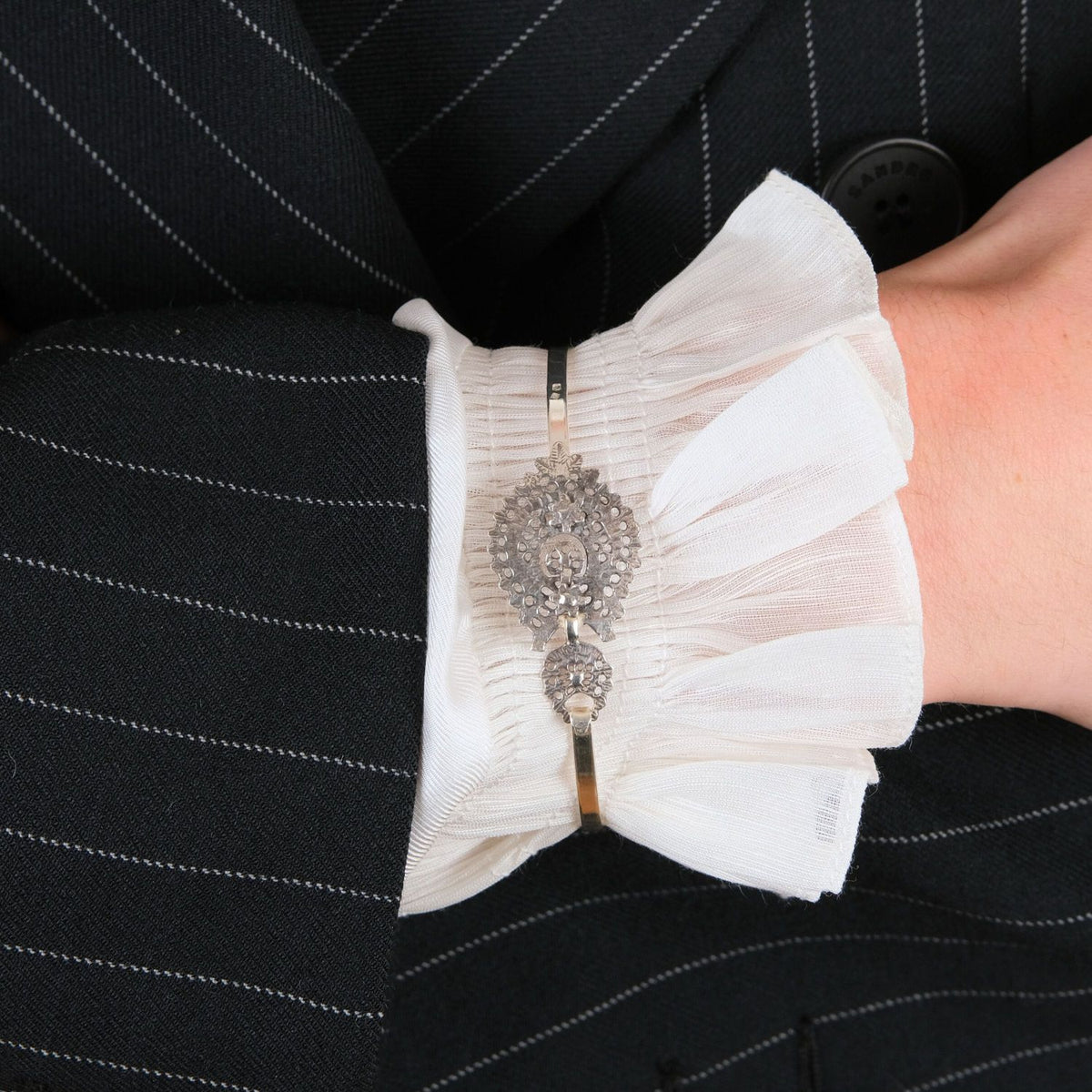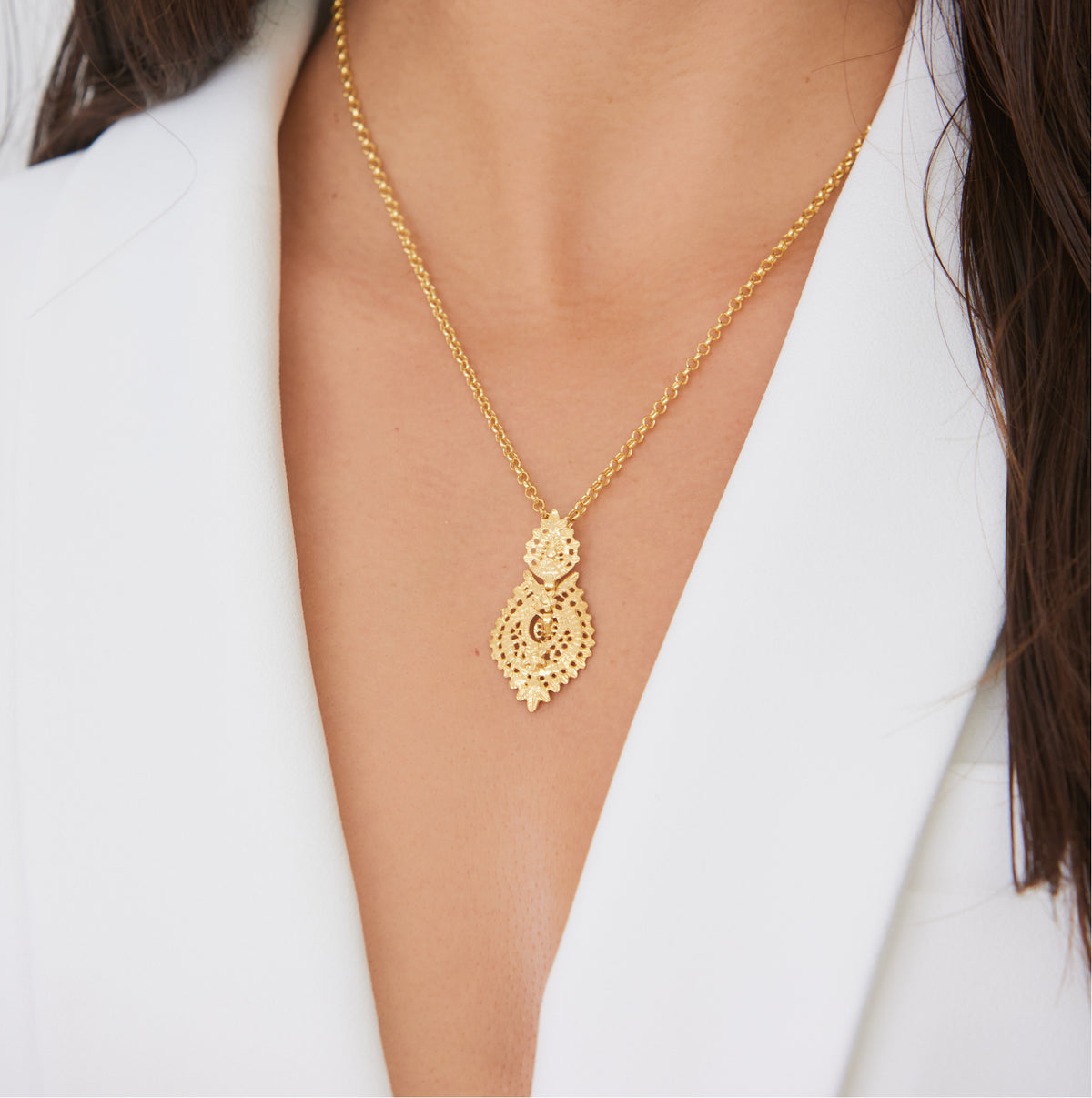According to an old tale, a pair of earrings was offered to Queen Maria II during her visit to Viana do Castelo and the popular model quickly became known as the Queen Earrings. This iconic model of Portuguese jewelry, also used as a pendant, is a favorite of the young Fado singers. Wear it and it will make you feel like a Queen.
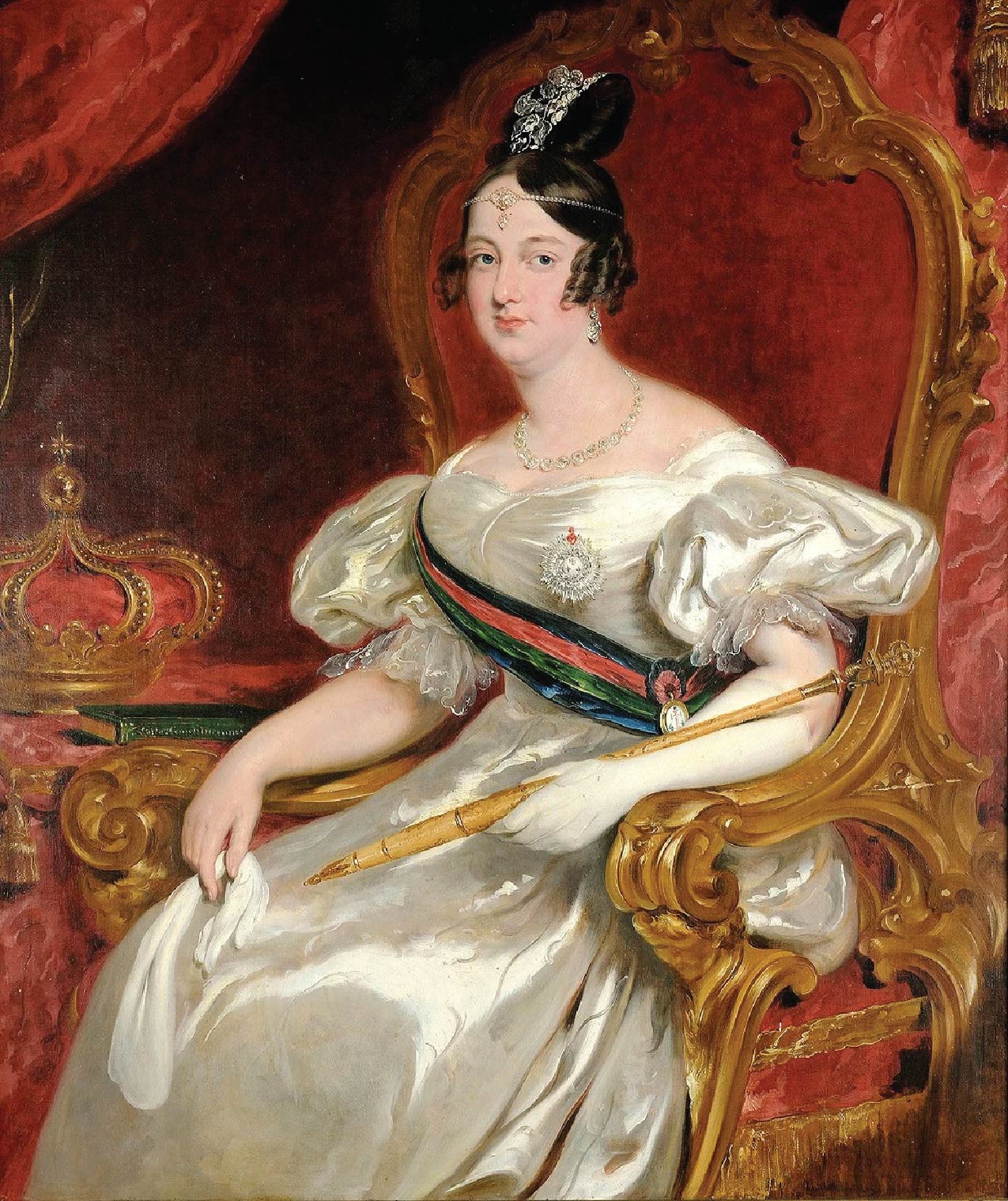
HISTORY OF THE QUEEN EARRINGS
Also called "mulher rica" and "mulher fidalga", among others, the Queen Earrings are a type of earring that started to appear as an adornment in the ears of girls and women from the reign of Queen Maria I, in the second half of the 18th century, but which only gained frank popularity in the reign of her great-granddaughter Queen Maria II in the mid-19th century, and which is still very much appreciated by women, even among the younger strata today.
The fact is that the origins of the earrings in question are unknown. In addition to the aforementioned tradition, other authors point out that they derive from an older model that took inspiration from the more classic forms of the female body and its suggestion of fertility.
Others suggest that they derive from models used by the nobility and royalty of the 18th century, set with precious stones, mainly diamonds, but that were simplified by the less wealthy classes. All this evolution results in a composition of elements similar to those that we can find in other types, such as arrecadas (hoop earrings), sequilés, laças (bows).
Queen D. Maria II, who was offered a pair of Queen Earrings in 1852, popularized the model and to whom they owe their name.
THE ART OF DETAILS
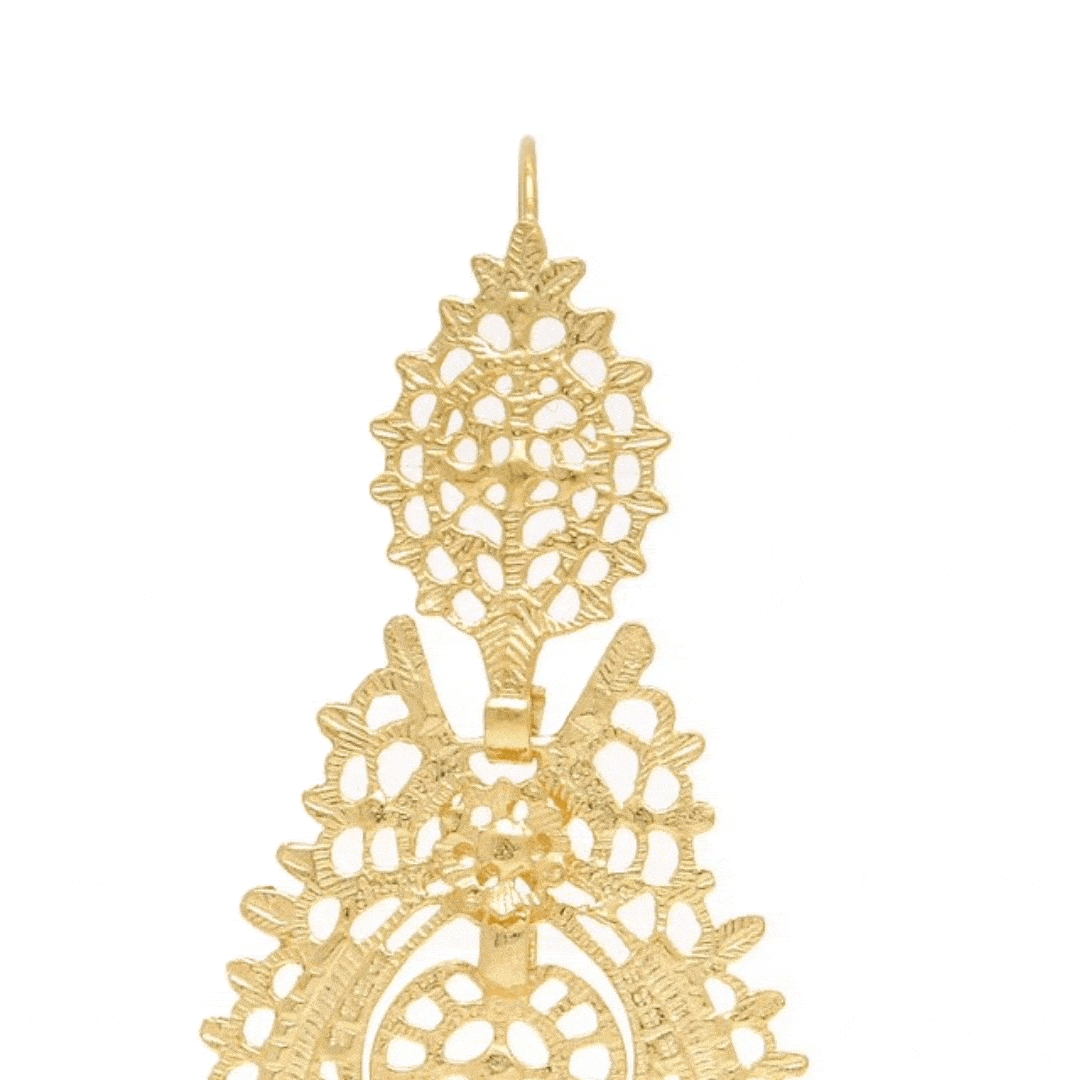
The Queen Earrings consist of a button-shaped top that attaches to the earlobe, either hook or vise, followed by a joint that gives it a lot of movement and connects it to the lower body.
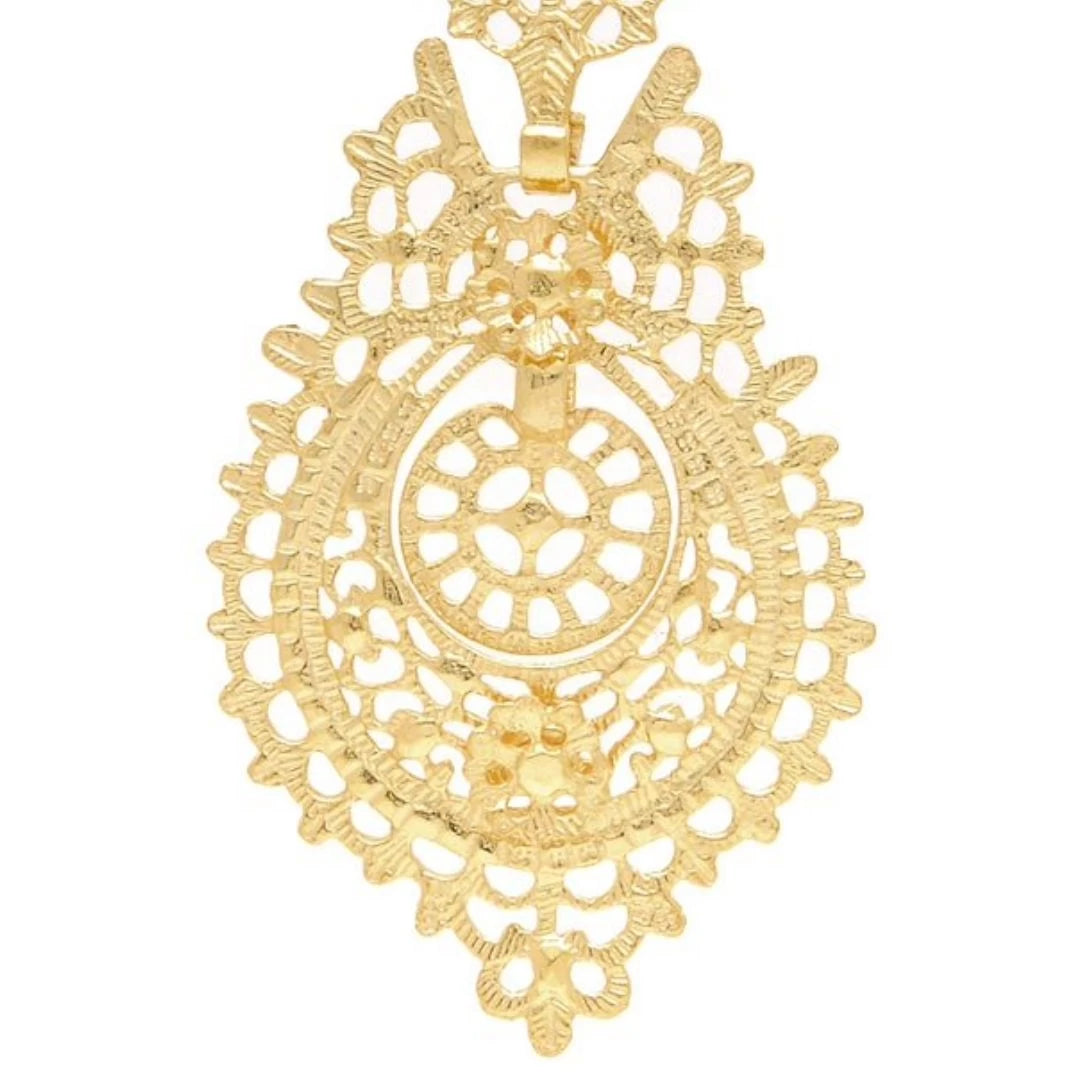
In turn, the joint is composed of a bow, already very stylized, fused to a worked ring that ends in a beak, giving it a more triangular appearance; the inside of this ring has a second joint from which a generally circular, richly decorated lúnula (crescent shape) hangs.
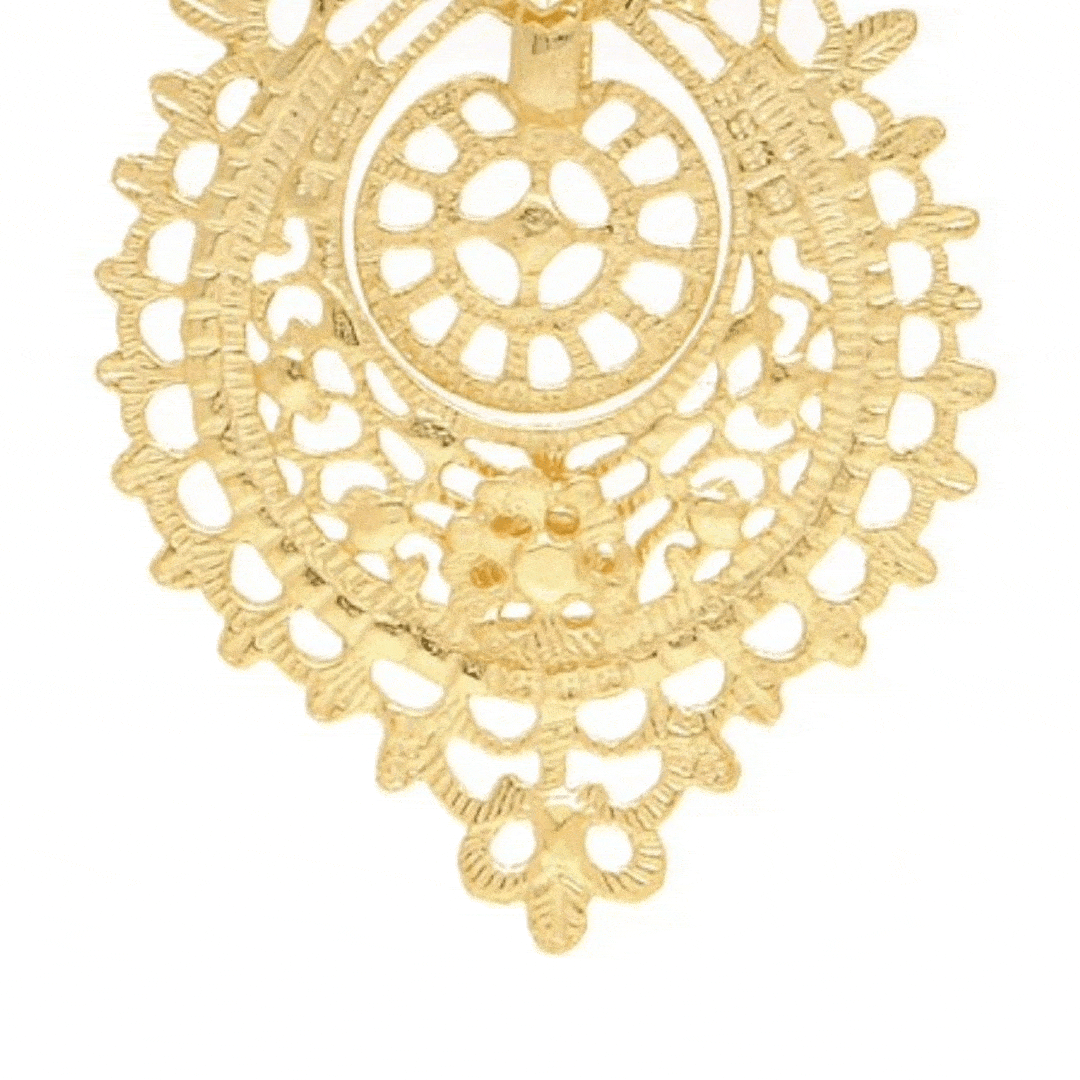
It is common for this type of composition to have small overlapping flowers as an extra decoration, especially to disguise the joint.
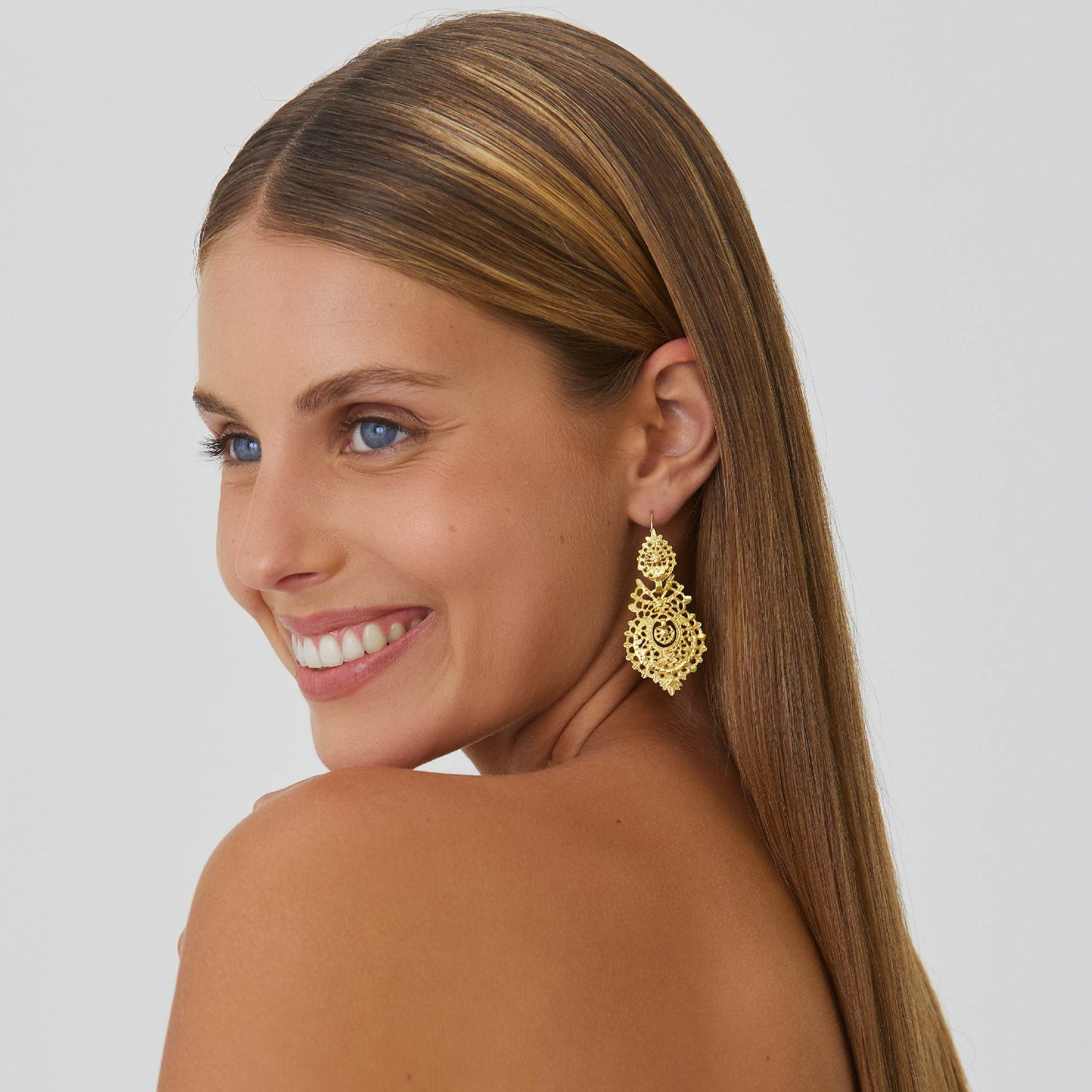
QUEEN EARRINGS 19.2KT GOLD
The Portuguese Gold Collection, made in 19.2Kt gold, is a selection of traditional Portuguese jewelry. Portuguese gold is among the purest in the world and is certified by the Portuguese Mint Office.
Discover our 19.2kt Gold Queen Earrings.


